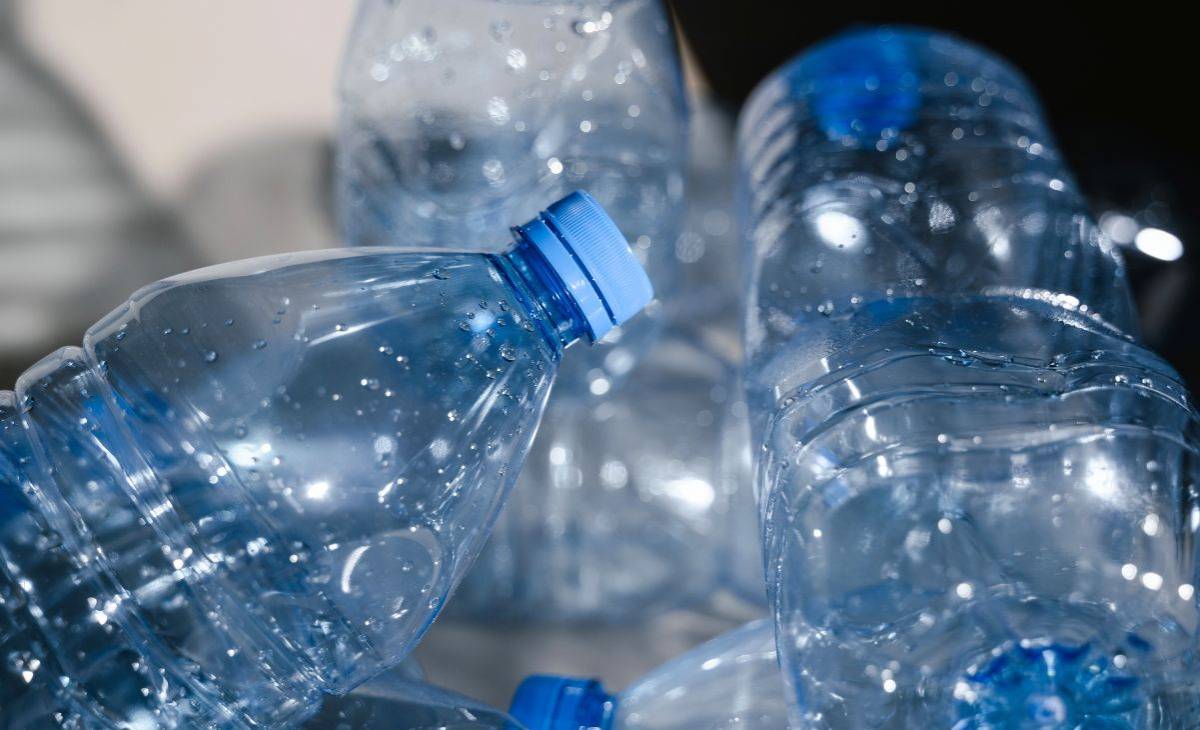Chemicals within plastic materials: urgent need for regulation and transparency
A recently published report, funded by the Norwegian Research Council Project, underscores the pressing necessity to confront plastic chemicals and polymers of concern for the preservation of environmental and human health. Entitled "State of the Science on Plastic Chemicals: Identifying and Addressing Chemicals and Polymers of Concern," the report elucidates the pivotal role of chemicals within plastic materials (including food contact materials), accentuating the associated environmental and health hazards.
Plastic chemicals, essential for the functionality of plastics, have been implicated in environmental contamination and adverse effects on human health, wildlife, and ecosystems. Despite their widespread utilization, over 10 000 of these chemicals remain inadequately researched, posing significant challenges in managing their risks throughout the lifecycle of plastics.
The report consolidates evidence on over 16 000 chemicals potentially utilized or present in plastic materials, revealing that a mere 6% of these chemicals are currently subject to international regulation. Moreover, over 4 200 plastic chemicals are of concern due to their persistence, bioaccumulative properties, mobility, and toxicity.
Notably, a substantial portion of known plastic chemicals lacks fundamental information regarding their identity, functionalities, and applications, impeding their proper assessment and management. This lack of transparency underscores the imperative for comprehensive and efficient regulation.
To tackle these challenges, the report advocates for a hazard-based approach to identify and prioritize chemicals of concern. Choosing a hazard-based approach for plastic chemicals, rather than a risk-based one, is more effective and efficient for safeguarding human health and the environment. This decision is based on two factors: the lack of comprehensive data on exposure and the impracticality of conducting risk assessments for numerous chemicals. Additionally, the complexity of confirming exposure for each chemical and scenario, along with practical and technical limitations, further complicates policy decisions. This methodology, centered on four critical hazard criteria: Persistence, Mobility, Bioaccumulation, and Toxicity (PBMT), facilitates the efficient identification of chemicals necessitating further policy action, including those currently unregulated globally.
Identifying 15 priority groups of concern, such as Aromatic amines, Aralkyl aldehydes, Alkylphenols, Salicylate esters, among others, encapsulates over 4 200 plastic chemicals, a majority of which lack global regulation. Additionally, the report stresses the imperative for enhanced transparency regarding the chemical composition of plastics and advocates for a "no data, no market" approach to ensure essential information about plastic chemicals is publicly accessible.
Furthermore, the report underscores the significance of simplifying plastics towards safety and sustainability by promoting policies that encourage the use of fewer and safer chemicals. It emphasizes adopting essential-use and safe-by-design concepts to guide innovation in this domain.
Comprehensive addressing of plastic chemicals is anticipated to yield substantial environmental and human health benefits, stimulate innovation towards safer plastic materials and products, and facilitate the transition towards a non-toxic, circular economy. Given the transboundary nature of the issue, a concerted global response is imperative to effectively mitigate environmental and health impacts.
Evidence-based policies prioritizing chemical safety and sustainability are indispensable for charting a path towards a secure and sustainable future amidst mounting plastic pollution concerns.
Source:






















